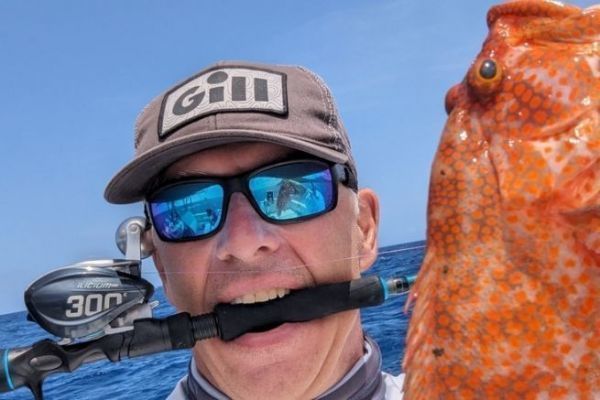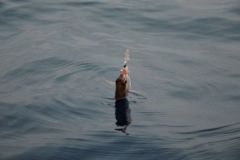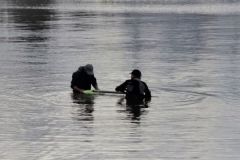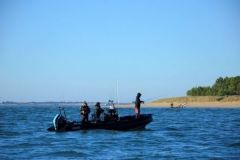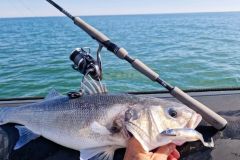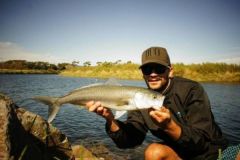Different slow jigging species
It's 5:00 a.m. and Martinique is waking up, as the famous song goes. Meet Paulo for a morning out at sea, stalking exotic fish using only the slow jigging technique. A good way to show that the West Indies are not just about marlin, tuna and dolphinfish! But to change species, you need to change spot and technique.
What the West Indies have in common is that the boats are big, heavy and well-motorized. The seas are rough, and the long swells are often impressive. So here we are, on a fishing skiff with two 250 hp engines!
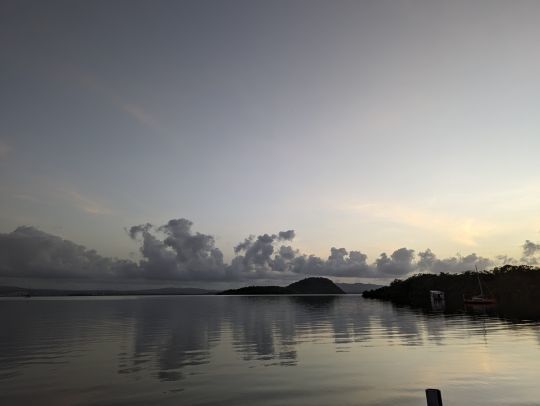
No need to go far
For slow jigging, you don't need to go very far, as the bottom falls away sharply on Martinique's Caribbean coast and you soon find yourself in 50 to 200 m of water. We position ourselves on a few breaks in the area to lower our jigs. First spot, I lower a 400 g slow jig on a 150 to 190 m break. Two Assists Hook at the head and one at the back of the lure... The descent is long and you need the right equipment. First of all, you need a slow rod that can handle these weights. Personally, I opted for the Slow Pitch from Black Hole USA, a "home-made" rod distributed by Rodhouse! Choose a large-capacity casting reel, as you'll need at least 500 m of PE 1.5 braid to hit the bottom and have a good fight.
I start my animations as soon as I feel contact with the ground. A slow pull, a fuller one, 3 quick pulls and the touch arrives at once. Unfortunately, the fish unhooked halfway up! It's a shame, it was a beautiful fish and reeling in 400 m of braid puts the arm to the test.
I return to the bottom immediately, and the fish responds well to slow animations interspersed with twitching and a 10 to 20 m rise.
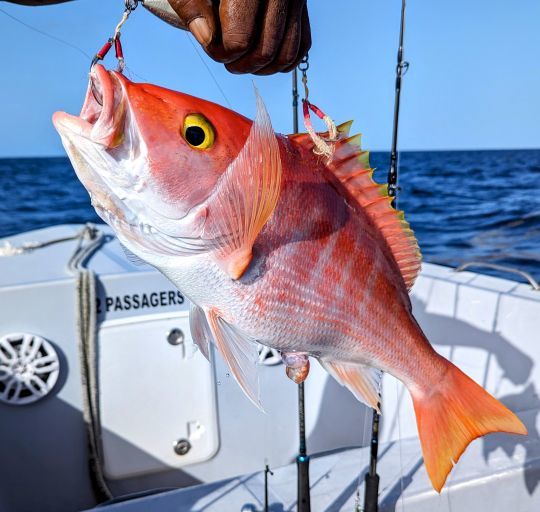
Pleasure first
The strokes on the boat are accelerating, with one sorb and snapper after another. No huge fish this time, but lots of fun, as these species are very hardy. We thought we'd hit a few bull's-eyes, but we didn't see any on this spot. Deep-sea fishing is full of surprises, and sometimes sizes, but it's also hard on the arms.
For a change of spots, and to rest our arms, we decided to head for a shallower area starting at 80 m and ending on a 50-metre plateau. Changing gear, I opt for my Caperlan casting rod (Ilicium 900 casting C300 and ilicium C300 reel) with PE 1 braid this time. This set is perfect for fishing these areas below 100 meters. The rod holds up to 150 grams, which is perfect for these spots. In the deepest zone, I use my favorite jig of the moment, the Slow Drop from JLC Lure in 150 g blue. For the 50-meter zone, I opt for Caperlan's Slow Biastos in 90 g. Note that it's really important to use thin braids on these fishing lines, because as you go deeper, the water pressure will be really important and penalizing if you opt for diameters that are too thick.
This time, the animations are very slow and with little amplitude on the bottom. Soon groupers, koulibali, amberjacks and jacks were biting on our assists. Paulo even caught a nice little tuna that couldn't resist his slow jig! We soon notice that the fish are tiring of our presence. The water is translucent and we can see the bottom well beyond 30, even 40 meters. So we change spots very regularly. To avoid the fish getting used to us.
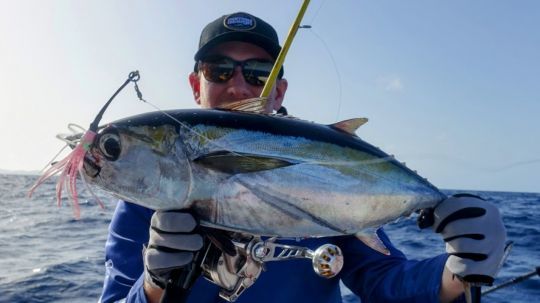
After seeing a few magnificent dolphins, we're off to the port in the Bay of Fort-de-France!
I hope this will inspire you to diversify your exotic fishing trips in the West Indies or elsewhere. In any case, for me, slow jigging is far more fun than trolling offshore in search of marlin... But all this is a matter of taste, and is not up for discussion.
